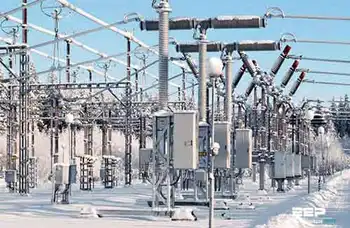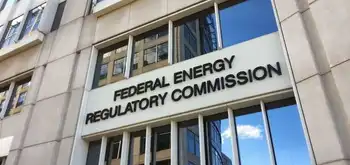Regulators reject Entergy nuclear spinoff
By Associated Press
Substation Relay Protection Training
Our customized live online or in‑person group training can be delivered to your staff at your location.

- Live Online
- 12 hours Instructor-led
- Group Training Available
The state Public Service Commission acted after its staff determined the deal wasnt in the public interest, primarily because the resulting company — Enexus Energy Corp. — could be financially shaky.
New Orleansbased Entergy had offered concessions that would have reduced the spinoffs initial debt and restricted dividend payouts, among other things.
But that wasnt enough to overcome the commissions concerns.
Entergy operates the James A. FitzPatrick station in Oswego County, N.Y. two units at the Indian Point Energy Center in Westchester County, N.Y. the Pilgrim Nuclear Station near Plymouth, Mass Vermont Yankee in Vernon, Vt. and the Palisades Power Plant in Covert, Mich. Entergy bought the reactors between 1999 and 2007.
The commission said its rules allow the power provider to ask for a rehearing or file a new petition.
We are disappointed in the commissions decision, said Michael Burns, an Entergy spokesman. We believe our petition, as amended, met the legal standard in New York that applies in this proceeding, and the spin was in the best interest of all stakeholders.
This is a defensive victory, but its a victory, said New York Assemblyman Richard Brodsky, a Westchester County Democrat who opposed the spinoff. It stops them from essentially leaving the taxpayer holding the bag.... What happens if the plant hits a problem and they walk away, whos holding the bag? At the end thats at the heart of the fight.
Under the $3.5 billion deal proposed in late 2007, Entergy shareholders would have gotten 80 percent of Enexus stock. The remaining 20 percent would be in a trust, and shareholders could later exchange Entergy stock for Enexus stock in a taxfree deal.
PSC staff told the commission on February 11 the deal should be rejected in large part because Enexus would be saddled with too much debt. They said that because three New York plants cover 15 percent of the states energy consumption, theyre too big to fail. If the company became insolvent and couldnt operate the plant, the public would be affected because the energy market would have to scramble to replace that power, and rates would go up.
Entergy responded by offering to cut the spinoffs initial longterm debt by $500 million to no more than $3 billion. It also offered to restrict dividend payouts to shareholders until Enexus received a credit rating of at least BB+ by Standard & Poors or Ba1 by Moodys Investors Service, or the new company obtained a debttocapitalization ratio of 50 percent or lower. There also was a promised payment of up to $300 million to New Yorks energy efficiency fund to protect some consumers if future power prices exceed certain levels.
Entergy also needed approval for the deal from the Federal Energy Regulatory Commission, the Nuclear Regulatory Commission and the Vermont Public Service Board. FERC and the NRC gave initial approvals in 2008. Hearings in the Vermont case ended in 2008, but the Vermont Public Service Board hasnt taken final action.











